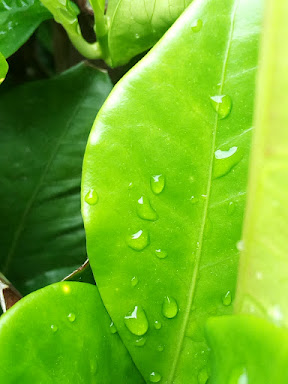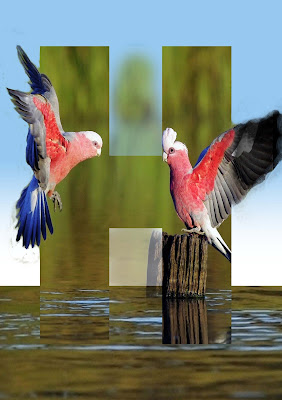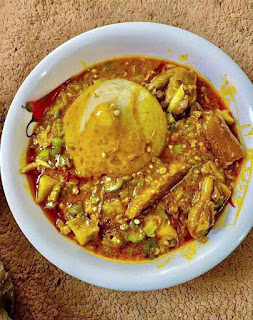In this current dispensation, overwhelmingly large volumes of plastic waste have been disposed of into the environment without sustainable measures of recycling. More intentional actions are needed on the consumer's end to ensure that the menace is put under control. The hard part is how promising sustainable solutions seem to be damn expensive, making the whole thing hard to crack.
Well, biodegradable packages, bioplastics, and recyclable containers are some of the solutions being pushed to control the uncontrollable types of plastics that can last over 500 years.
Some years back, people carried shopping bags to market for groceries, but today plastics have replaced those practices. The only way is an action towards a change on the consumer's end to curb the menace.
This bottle, made from coconut shell through a simple process, holds potential for a change.
Coconut shell containers
Coconut shells are very good containers because of their strength and durability. They are also very common, especially in farming and rural communities all over the world. Common uses are for wine cups or drinking cups. Even these uses have seen deprecation due to modern containers. However, the use of these cups creates that natural feel and joy knowing even after disposing the container off, it poses no threat whatsoever to Mother Earth.
However, there could be more applications of this common but significant material if research is done to add value to it, to make it one of the easily accessed biodegradable packaging materials.
How the earlier coconut shell bottle shown in this article was made.
Steps
- Take a dry coconut and peel off the husk with a cutlass to expose the shell completely. Take care not to hit the shell hard for it to crack.
- Use a small hack saw to cut the shell or any sharp knife. Carefully use a knife or any fit tool to remove the nut.
- If a lid, whether from a wood source or maybe plastic, is then inserted and any hole beside the lid carefully closed to prevent leakage in case a liquid is poured into the container.
Watch this video for some more information.











Comments
Post a Comment
Share your views on this insightful content